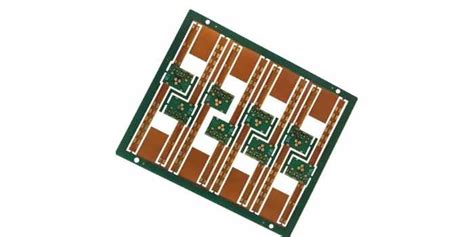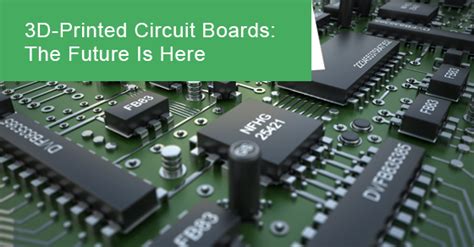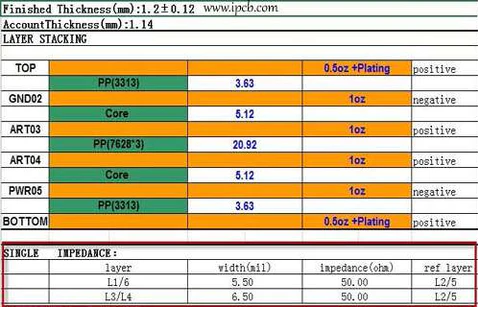Cost-Effective PCB Prototyping Techniques for Tight Budgets

Key Takeaways
When pursuing low-cost PCB prototyping, understanding core cost drivers in PCB manufacturing is critical. First, prioritize material selection—opting for standard substrates like FR-1 instead of high-frequency laminates can slash PCB manufacturing cost by up to 40%. Second, design simplification reduces complexity: minimize layers, avoid tight tolerances, and use panelization to maximize material usage.
Tip: Always request a Design for Manufacturability (DFM) review from PCB manufacturing companies—many offer this service free and identify cost-saving adjustments.
Third, negotiate strategically. Smaller PCB manufacturing business operators often provide flexible pricing for prototypes, especially if you commit to future bulk orders. Compare pricing models (e.g., per-square-inch vs. panel-based) across vendors to find the most budget-friendly option. Finally, avoid over-engineering: features like gold plating or ultra-fine traces escalate expenses without adding value for early-stage testing.
By aligning design choices with PCB manufacturing capabilities and building transparent relationships with suppliers, you maintain quality while staying within tight budgets.
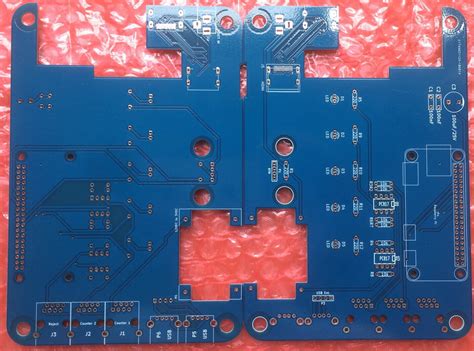
Budget Materials for PCB Prototypes
When selecting materials for PCB manufacturing, balancing performance and affordability is critical. Start by opting for standard FR-4 substrates instead of high-frequency laminates like Rogers or Teflon, which can triple PCB manufacturing costs. For simple prototypes, consider using 1-ounce copper instead of thicker variants—this reduces material expenses while maintaining functionality for low-power designs.
Budget-conscious engineers often overlook the impact of solder mask and silkscreen choices. Matte finishes or single-color solder masks are typically cheaper than glossy or multicolor options. Additionally, working with PCB manufacturing companies that offer surplus or discounted materials can lower expenses by 15–20%.
| Material Option | Cost per sq. ft. | Best For |
|---|---|---|
| FR-4 (Standard) | $2–$4 | General-purpose circuits |
| CEM-1 | $1.5–$3 | Single-layer boards |
| Aluminum Base | $5–$8 | High-heat applications |
To further reduce PCB manufacturing business expenses, verify if your supplier offers panelization discounts. Combining multiple designs into a single panel optimizes material usage—a strategy often used by startups to stretch budgets. Always request samples or test coupons to validate material quality before full-scale production. For deeper insights into cost-effective practices, explore this guide on optimizing PCB workflows. By prioritizing value-driven material choices, you maintain prototyping agility without overspending.

Optimizing Designs to Reduce Prototyping Costs
Start by simplifying your PCB layout to minimize pcb manufacturing complexity. Fewer layers, standardized trace widths, and avoiding tight spacing can significantly lower pcb manufacturing cost while maintaining functionality. For instance, reducing a design from six to four layers cuts material expenses and processing time. Use industry-standard component sizes instead of custom parts—this ensures compatibility with most pcb manufacturing companies and avoids premium pricing for specialized fabrication.
Another key consideration is panelization. Group multiple prototypes onto a single board to maximize material usage, a common practice in the pcb manufacturing business. This approach leverages bulk production discounts without sacrificing individual design integrity. However, leave adequate spacing between panels to avoid costly errors during depaneling.
When collaborating with manufacturers, prioritize design-for-manufacturability (DFM) checks. Many pcb manufacturing companies offer free DFM analysis, which identifies potential issues like drill alignment errors or insufficient copper clearance. Addressing these early prevents expensive reworks. Finally, avoid over-engineering non-functional features—fancy silkscreens or unnecessary via fills add aesthetic value but inflate costs. Focus on core electrical performance to align with budget constraints while meeting technical requirements.
Negotiating With Manufacturers for Lower PCB Prices
When working with PCB manufacturing companies, effective negotiation can significantly reduce your PCB manufacturing cost without sacrificing quality. Start by researching multiple suppliers to benchmark standard pricing—this knowledge strengthens your position during discussions. Many PCB manufacturing providers offer tiered pricing models; inquire about discounts for larger orders or repeat business, even if you’re starting small. For instance, proposing a volume commitment over six months could unlock better rates.
Consider bundling services: some manufacturers lower costs if you combine prototyping with future production runs. Highlight your project’s potential for long-term collaboration, positioning your work as a strategic opportunity for their PCB manufacturing business. Additionally, ask about panelization sharing—splitting fabrication panels with other clients—to minimize material waste and expenses.
Timing matters, too. Off-peak seasons or slower production cycles often lead to more flexible pricing. Be transparent about your budget constraints but emphasize your willingness to compromise on non-critical factors, like extended lead times. Finally, always review contracts for hidden fees and confirm certifications (e.g., ISO, UL) to ensure cost-cutting doesn’t risk compliance. By approaching negotiations strategically, you align PCB manufacturing cost efficiency with reliable outcomes.
Startup Strategies for Affordable PCB Development
When building your prototype on a limited budget, strategic partnerships with PCB manufacturing companies can significantly reduce upfront expenses. Start by researching suppliers that specialize in low-volume orders or offer startup-friendly pricing tiers. Many PCB manufacturing providers extend discounts for first-time customers or recurring projects, so don’t hesitate to negotiate terms that align with your cash flow.
Another tactic involves simplifying your design early in the process. Use open-source EDA tools to minimize software licensing fees, and prioritize PCB manufacturing cost savings by avoiding overly complex layouts. For example, reducing layer counts or opting for standard FR-4 substrates instead of specialty materials can trim expenses by 20–40%.
Leverage design-for-manufacturing (DFM) principles to prevent costly revisions. Collaborate with your chosen PCB manufacturing business to identify potential flaws before production—this proactive approach avoids delays and wasted materials. Additionally, consider pooling orders with other startups to meet minimum order quantities (MOQs) and split costs.
Finally, explore hybrid prototyping: order a small batch of functional boards for testing while using cheaper, rapid-turn services for iterative adjustments. This balances speed and affordability, ensuring you stay within budget without sacrificing critical validation steps.
Balancing Quality and Cost in PCB Prototypes
Achieving the right equilibrium between PCB manufacturing cost and reliability requires strategic decision-making. While opting for cheaper materials or simplified designs might seem tempting, it’s critical to assess how these choices impact functionality. For instance, over-engineered layouts or premium substrates could unnecessarily inflate expenses, but cutting corners on copper thickness or solder mask quality might compromise durability. Prioritize features that align with your prototype’s core purpose—not every project demands military-grade specifications.
When evaluating PCB manufacturing companies, scrutinize their pricing tiers for low-volume orders. Many providers offer scaled pricing for prototypes, allowing you to pay only for the layers or tolerances you need. Transparent communication about your budget constraints can lead to tailored solutions, such as panel-sharing options or bulk-order discounts for future batches. Always request sample boards to verify quality standards before committing to a full PCB manufacturing business partnership.
Finally, leverage design-for-manufacturing (DFM) tools provided by fabricators to identify cost drivers early. Minor adjustments—like reducing via counts or optimizing trace widths—can lower PCB manufacturing cost without affecting performance. Remember: balancing isn’t about compromise; it’s about aligning technical requirements with financial realities through informed choices.
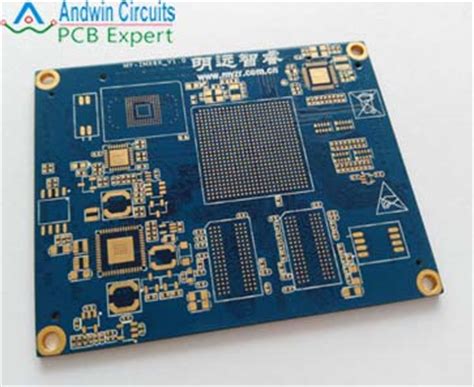
Essential Tools for Low-Budget PCB Engineering
When managing PCB manufacturing costs, equipping yourself with the right software and resources is critical. Start with free or open-source design tools like KiCad or Eagle—these platforms offer schematic capture, layout editing, and auto-routing features to streamline your workflow without licensing fees. Pair these with PCB manufacturing cost calculators (available on many manufacturer websites) to estimate expenses early in the design phase.
For collaboration, cloud-based platforms like Altium 365 or CircuitMaker allow real-time feedback, reducing costly revisions. If partnering with PCB manufacturing companies, leverage their design-for-manufacturability (DFM) analysis tools to identify potential issues before production. Some providers even offer discounted prototyping services for startups, making it easier to balance quality and budget.
Don’t overlook version control systems like Git for tracking design iterations—this prevents errors that could inflate PCB manufacturing business expenses. Finally, explore community-driven PCB libraries for pre-validated components, which cut down on design time and testing costs. By integrating these tools, you maintain control over both technical and financial aspects of your project while building relationships with cost-conscious manufacturers.
Comparing PCB Prototyping Service Pricing Models
When evaluating PCB manufacturing services, understanding pricing structures is crucial for aligning costs with your project’s scope. Most PCB manufacturing companies offer tiered models based on order volume—small batches often carry higher per-unit costs, while bulk orders reduce PCB manufacturing cost through economies of scale. However, if you’re prototyping, subscription-based plans or pay-as-you-go options from specialized PCB manufacturing business providers might offer better flexibility.
Look for hidden fees in areas like tooling, material upgrades, or expedited turnaround times. For instance, opting for standard FR-4 instead of high-frequency laminates can cut expenses by 20–30%. Some providers also bundle design review services into their pricing, which helps avoid costly revisions later.
To maximize value, compare how different models handle design iterations. A fixed-cost package with unlimited revisions might suit complex projects, while a per-design fee could work for simpler prototypes. Always clarify whether quotes include testing or certification—these extras often inflate budgets unexpectedly. By mapping your needs to the right pricing framework, you’ll balance affordability with the technical support required for successful prototyping.
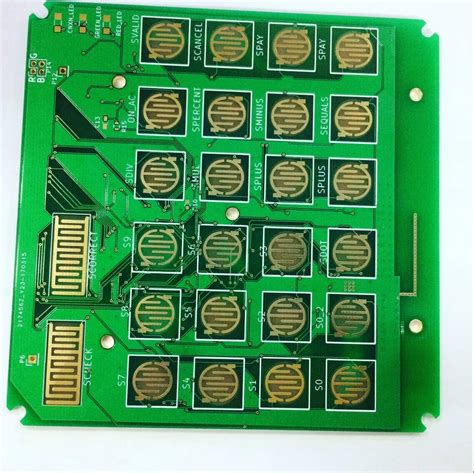
Avoiding Common Costly PCB Design Mistakes
Even minor oversights in PCB manufacturing can inflate your project’s budget. Start by scrutinizing component placement—inefficient layouts often force PCB manufacturing companies to use more layers or complex routing, directly raising PCB manufacturing cost. Always verify trace width and spacing specifications; designs that push fabrication tolerances may require costly adjustments or even redesigns.
Another frequent error is ignoring design-for-manufacturability (DFM) guidelines. For instance, using non-standard hole sizes or tight annular rings might seem harmless but can lead to higher rejection rates during production. Many PCB manufacturing business providers charge extra for reworking such errors, which startups can ill afford.
Additionally, avoid overcomplicating prototypes. While advanced features like blind vias or high-density interconnects have their place, they’re rarely necessary for early-stage testing. Simplify where possible, and consult your manufacturer early to align your design with their capabilities—this proactive step often reveals cost-saving adjustments without compromising functionality.
Finally, double-check your Gerber files and bill of materials (BOM). Missing or mismatched components trigger delays and unexpected fees, eroding the budget benefits of working with low-cost PCB manufacturing partners. By addressing these pitfalls upfront, you maintain control over both quality and expenses.

Conclusion
Successfully navigating PCB manufacturing on a tight budget requires balancing technical precision with financial pragmatism. By applying the strategies discussed—like material optimization and design simplification—you can significantly reduce PCB manufacturing cost without sacrificing functionality. When collaborating with PCB manufacturing companies, prioritize transparency: inquire about bulk discounts, panel-sharing options, or prototype-specific pricing tiers to align with your financial constraints.
Remember that not all cost-saving measures are equal. While selecting budget-friendly PCB manufacturing business partners, verify their quality certifications and turnaround times to avoid costly revisions. Evaluate pricing models carefully—some providers offer lower base rates but charge extra for design reviews or expedited services.
Ultimately, achieving affordable prototypes hinges on proactive planning and iterative testing. Use simulation tools to catch errors early, and leverage partnerships with manufacturers willing to guide design adjustments for cost efficiency. By treating PCB manufacturing as a collaborative process rather than a transactional service, you’ll build a foundation for scalable, high-quality production as your project evolves.
FAQs
How can I reduce pcb manufacturing cost without sacrificing quality?
Focus on simplifying designs to minimize layers and avoid complex geometries. Many pcb manufacturing companies offer tiered pricing—ask about bulk discounts or panel-sharing options to lower expenses while maintaining reliability.
What design mistakes commonly increase pcb manufacturing business expenses?
Overlooking design rule checks (DRCs) often leads to costly revisions. Ensure proper trace spacing, pad sizes, and solder mask clearances. Partnering with experienced pcb manufacturing providers early can help identify and resolve issues before prototyping.
Are there affordable materials suitable for tight budgets?
Opt for FR-4 substrates instead of high-frequency alternatives unless absolutely necessary. Some pcb manufacturing services offer discounted rates for standard materials, which work well for most low-frequency prototypes.
How do I negotiate better deals with pcb manufacturing companies?
Request quotes from multiple vendors and leverage competing offers. Highlight your potential for repeat business—many manufacturers provide loyalty discounts or reduced rates for long-term partnerships.
Can smaller batch sizes still be cost-effective?
Yes! Some pcb manufacturing firms specialize in low-volume orders, using techniques like modular tooling or shared production runs. Always clarify minimum order quantities and setup fees upfront.
Ready to Start Your Low-Cost PCB Project?
Explore tailored solutions for budget-friendly prototyping at Andwin PCB. Click here to request a customized quote and discuss your project needs with industry experts.


